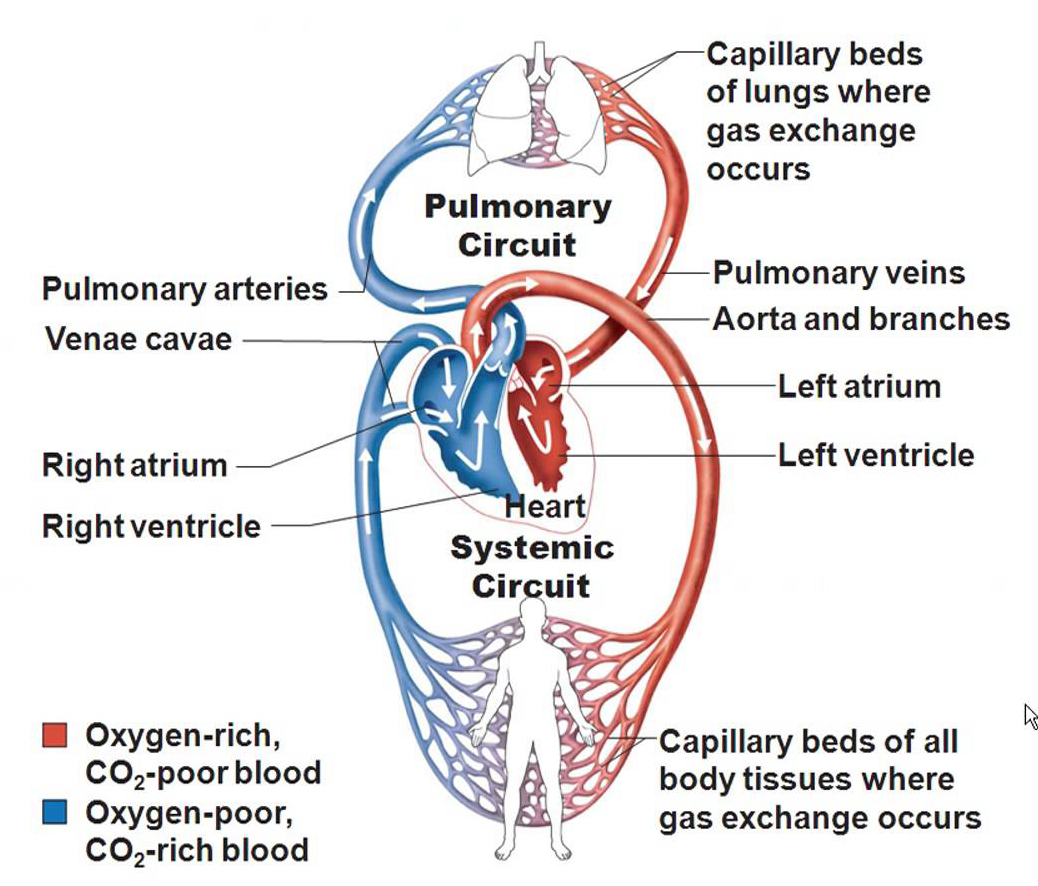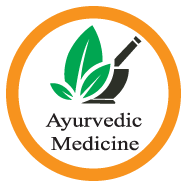
CARDIOVASCULAR SYSTEM (হৃদ সংবহণতন্ত্র)
(Carry food, Oxygen and Exrement)
System Description :
The cardiovascular system consists of the heart and blood vessels (arteries, veins, and capillaries). It delivers oxygen and nutrients to the tissues and carries waste products to the organs responsible for elimination. The cardiovascular system transports blood to almost all of the body's tissues. The blood delivers essential nutrients and oxygen and removes wastes and carbon dioxide to be processed or removed from the body. Hormones are transported throughout the body via the blood's liquid plasma.
Functions of the Cardiovascular system :
With its complex pathways of veins, arteries, and capillaries, the cardiovascular system keeps life pumping through you. The heart, blood vessels, and blood help to transport vital nutrients throughout the body as well as remove metabolic waste. They also help to protect the body and regulate body temperature.
Parts of the Cardiovascular System :

The parts of the cardiovascular system include the heart, which is the organ that pumps the blood, and a network of blood vessels: Arteries : The blood vessels that take blood away from the heart. Veins : Blood vessels that return blood to the heart. Capillaries : Very small vessels that lie between the arteries and veins.

Prescriptions domo of the Cardiovascular System :
C5.1) Heart Disease : Cardiovascular disease generally refers to conditions that involve narrowed or blocked blood vessels that can lead to a heart attack, chest pain (angina) or stroke. Other heart conditions, such as those that affect your heart's muscle, valves or rhythm, also are considered forms of heart disease.
C5.2) Hypertension : Hypertension (HTN or HT), also known as high blood pressure (HBP), is a long-term medical condition in which the blood pressure in the arteries is persistently elevated. High blood pressure usually does not cause symptoms.
C5.3) Hypotension : Blood pressure is the force of blood pushing against the walls of the arteries as the heart pumps out blood. A systolic blood pressure of less than 90 millimeters of mercury (mm Hg) or diastolic of less than 60 mm Hg is generally considered to be hypotension.
C5.4) Rheumatic fever : Rheumatic fever is an inflammatory disease that can develop as a complication of inadequately treated strep throat or scarlet fever. Strep throat and scarlet fever are caused by an infection with streptococcus bacteria.

Thank you for your interest !
This page is comming soon

